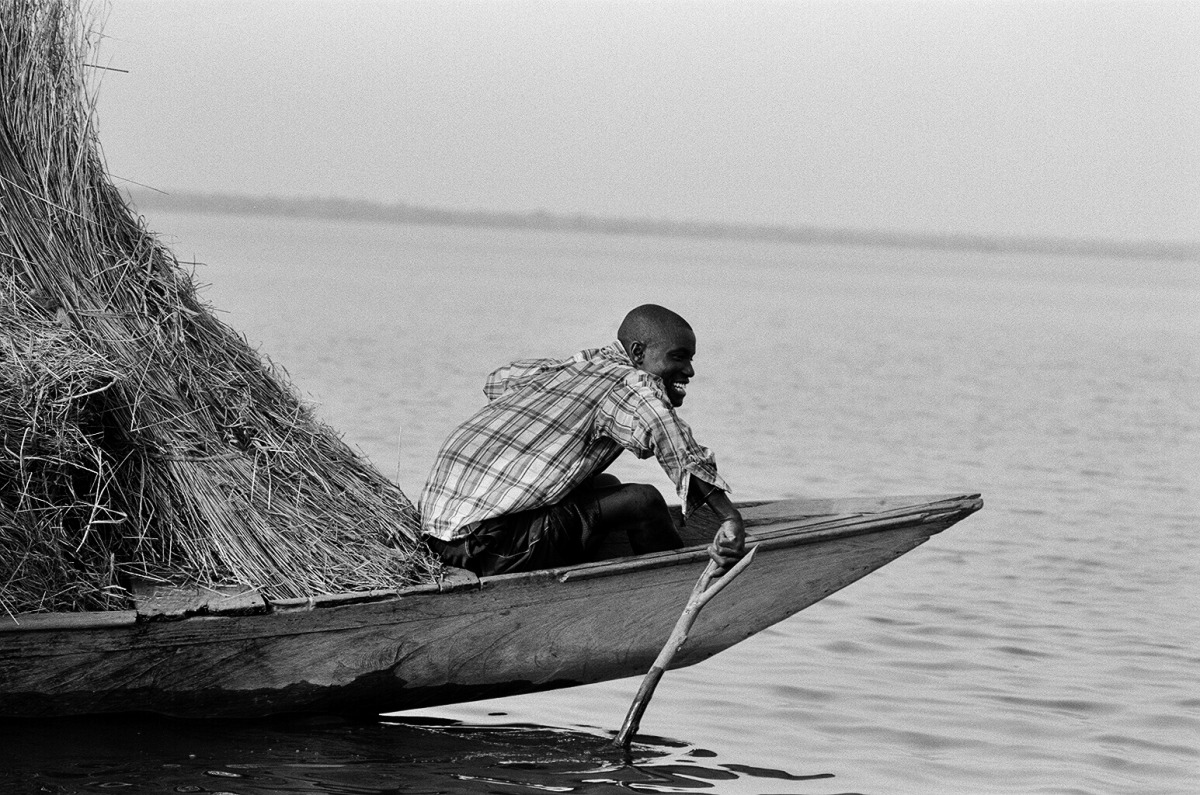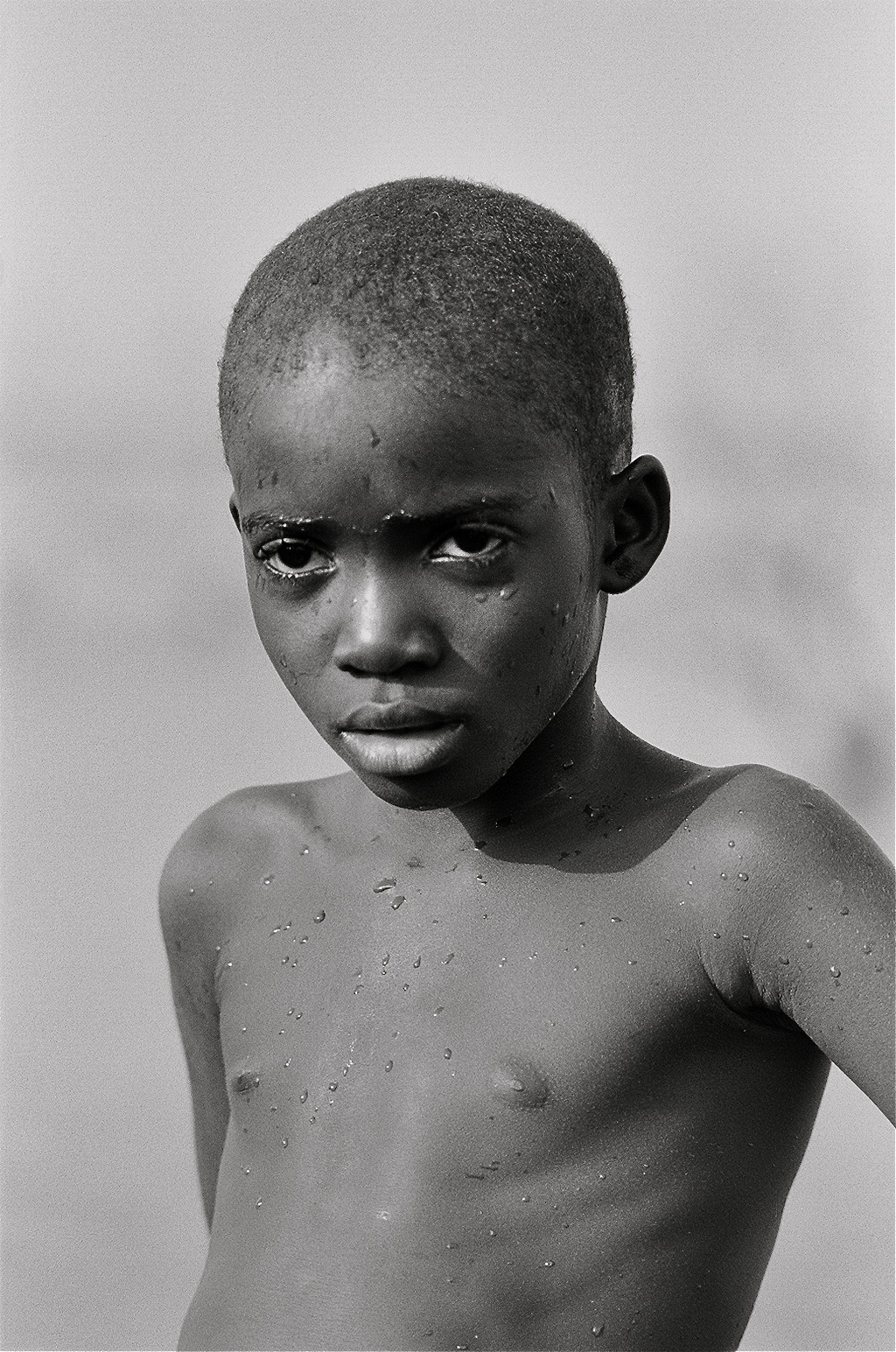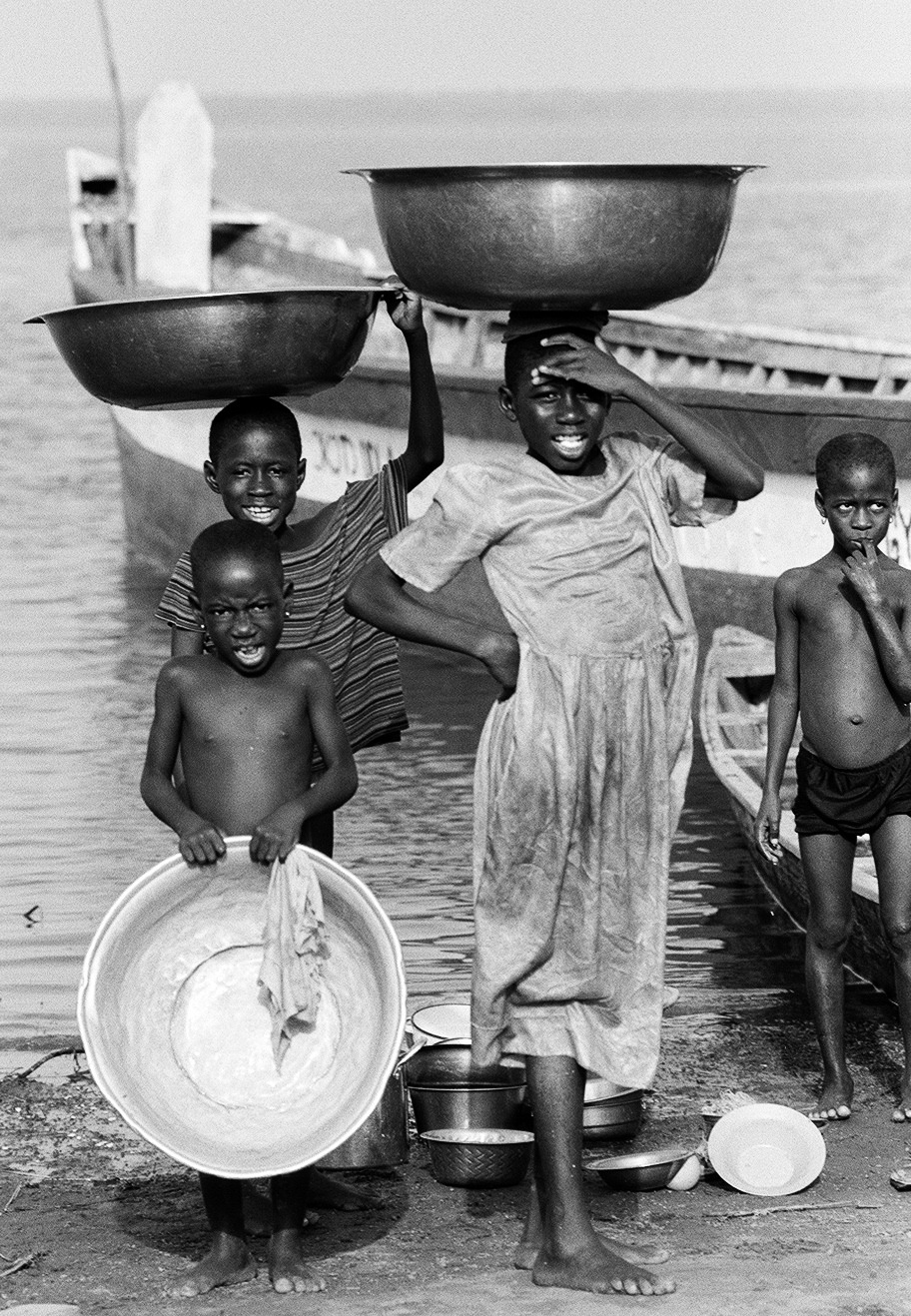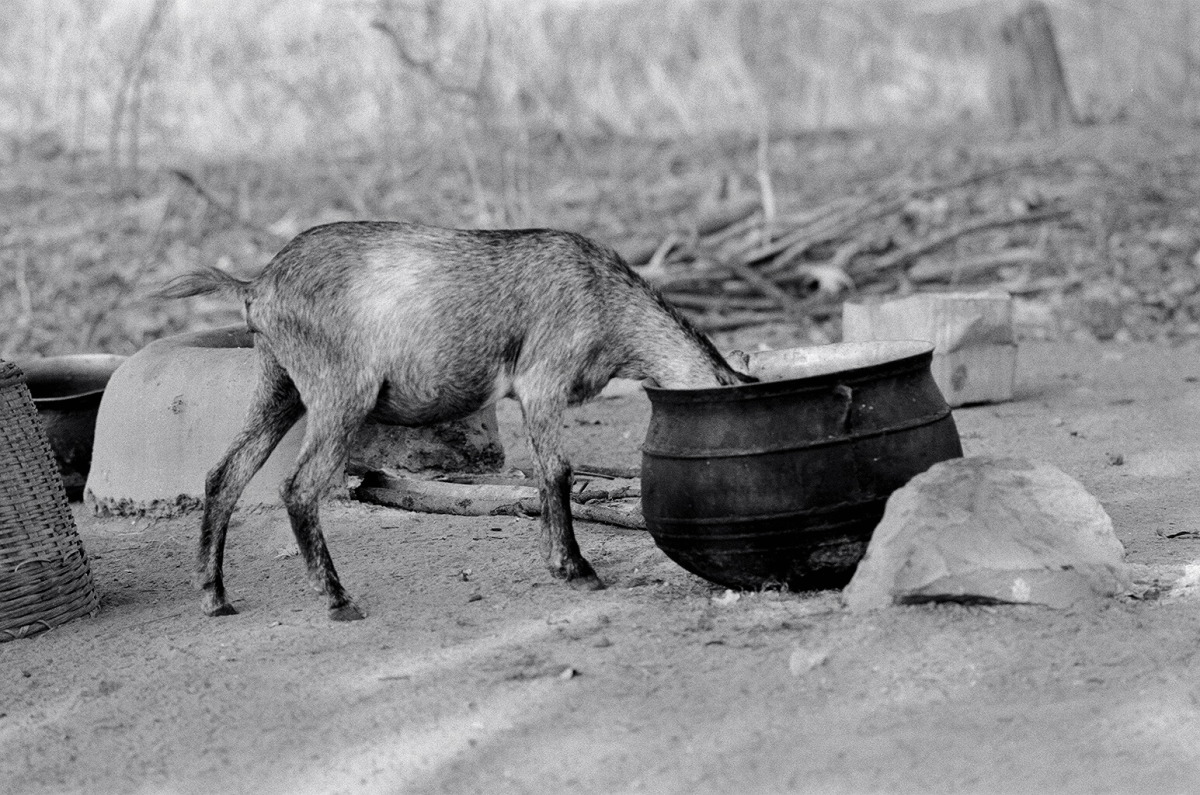When Elizabeth Tulsky participated in NYU’s study abroad program in Ghana, she also independently volunteered with City of Refuge, a local organization that uses education as a tool to combat child slavery. She said of her experience that it had “a tremendous impact on my life and what I want to do in the future.”






In Ghana, children are often enslaved, maltreated and many mothers struggle to see their children as more than a financial burden. While there are no statistics on the actual number of children trafficked, estimates are in the thousands. What is known is that 25% of Ghanaian children ages 5-14 years are involved in child labor. Child labor and human trafficking are both against the law in Ghana, however, laws are not enforced.
City of Refuge fights against child slavery by educating small villages about the harms of keeping children out of school and depriving them of a childhood. The organization is founded on the belief that if they can empower single mothers educationally and economically then they will no longer be vulnerable to selling their children as slaves.
Can you tell me a bit about City of Refuge and the work they do?
City of Refuge workers enter villages and open discussions with the chiefs in a respectful manner and work to free children who are in dangerous and/or miserable conditions and separated from their families. On a daily basis, City of Refuge provides home, happiness, and sanctuary to many rescued children. Furthermore, City of Refuge runs the only public school in the city, Doryumu. The organization works at the root of the problem, beginning with single mothers. Many children end up in slavery because mothers simply have absolutely no means of supporting themselves, much less their young children. Selling them, as hard as it may be to believe, truly seems like the only option for many women. Thus, City of Refuge works with single mothers to find alternative solutions to make ends meet, and have started two local businesses to be run by single mothers to increase opportunities for mothers and in turn, reduce the number of children sold into horrific situations.
How were you involved with the organization?
I worked in the small school where the children living with the City of Refuge family were educated and spent my evenings at the home playing with children and helping them with their homework. I also spent time shadowing the founders and through this I learned much about the process.
What do you know about child slavery in Ghana?
Children are targeted as slaves for fishermen for several reasons. First, children are easy to acquire as so many parents are impoverished and feel financially helpless. Second, children’s small hands are ideal for making and untangling fishing nets. When the nets get trapped in trees in the lake, children are sent in the water to untangle them. Unfortunately, this means many of the child slaves are incredibly susceptible to water-borne disease and illness and sadly, some do not know how to swim and may drown in the water. Children who are enslaved receive no form of education or care and spend up to eighteen hours a day working on the lake. They are often fed no more than one meal a day, which frequently consists of just gari, a food made from cassava, soaked in the lake water.
Any advice for travelers going to Ghana?
This is probably true for every country, but just approach everything with an open mind, try new things, immerse yourself in the culture as much as possible.
How can readers help the victims of Child Slavery in Ghana?
Check out City of Refuge for more information.
Other organizations doing good work include Youth Generation Against Poverty (YGAP), an organization that inspires volunteers through creative fundraising opportunities. They have created several projects partnered with City of Refuge.
Elizabeth Tulsky
Elizabeth studied social work at NYU and has experience working with trauma, grief, family issues, depression, anxiety, ADHD, and general life transitions. She hopes to use her work to create culturally responsive, affirming and inclusive healing spaces while promoting the use of person-centered, strengths-based, trauma-informed, anti-racist and social-justice frameworks.

